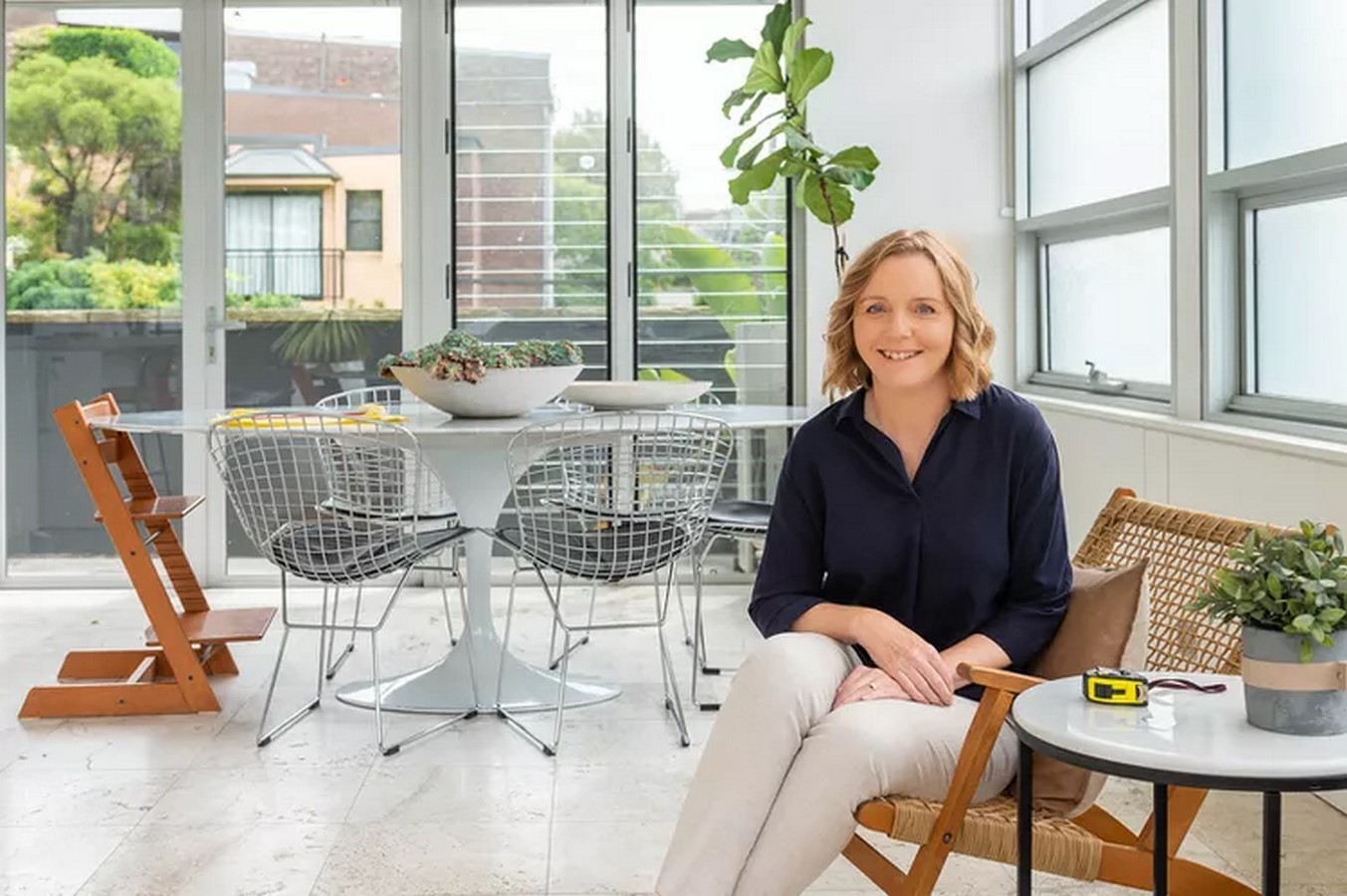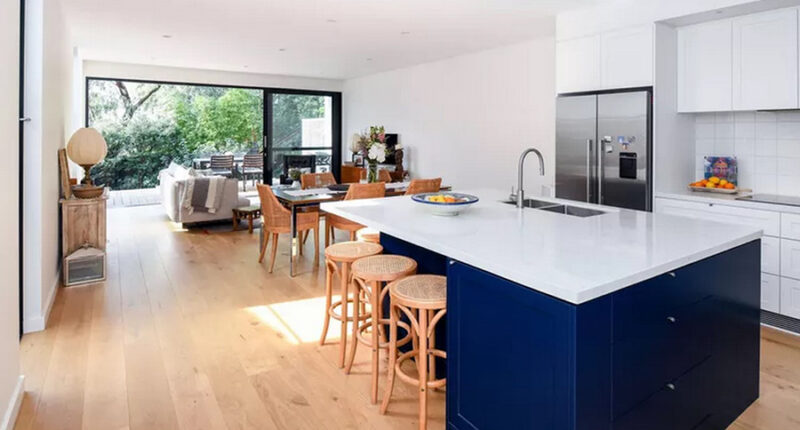As the imperative for sustainability grows stronger, architects are grappling with the challenge of advocating for less construction in a profession traditionally centered around building. This shift towards minimalism poses profound questions about the viability of architectural practice in an era of degrowth and environmental consciousness.
Redefining Success in Green Building
In the pursuit of green building, the mantra of “less is more” resonates deeply. Engineers and architects alike emphasize the importance of minimizing resource consumption and environmental impact. However, this ethos presents a dilemma for professionals whose livelihoods are tied to construction activity. How can architects reconcile the imperative to build less with the economic imperative to build more?

The Evolution of Architectural Practice
Jennifer Crawford, an Australian architect, offers a compelling alternative through her practice, Our New Home Coach. Embracing a philosophy of “building less to live more,” Crawford advises clients on optimizing their living spaces while minimizing material consumption. Her approach challenges the conventional notion of architectural success, prioritizing sustainability and client satisfaction over expansive projects.
Navigating the Consultation Process
At the heart of Crawford’s practice is a commitment to listening and understanding her clients’ needs. Through detailed consultations and site analyses, she helps clients explore alternatives to traditional construction, including the option of doing nothing. By empowering clients to make informed decisions, Crawford demonstrates the value of design thinking in a world where less is often more.

Embracing Minimalism and Sufficiency
Crawford’s business model reflects a shift towards sufficiency rather than excess. By offering a range of services tailored to different needs and budgets, she demonstrates that architectural practice can thrive without perpetuating a culture of overconsumption. Through her advocacy for smaller, more sustainable living spaces, Crawford embodies a new vision for the profession—one rooted in pragmatism and environmental stewardship.
Collaboration and Community in Architecture
Crawford’s approach also highlights the importance of collaboration within the architectural community. By fostering partnerships and referrals, she expands the reach of sustainable design principles and creates opportunities for mutual support among practitioners. This spirit of cooperation underscores the potential for collective action in advancing the goals of green building and responsible development.

Embracing Change in Architectural Culture
As architects confront the imperative to build less, Crawford’s example offers a beacon of hope for the profession. By embracing change and redefining success on their own terms, architects can chart a new course towards a more sustainable and equitable built environment. As Crawford aptly states, “I just want a good sustainable business that pays the bills. I’m not looking to build an empire.” In prioritizing sustainability and client well-being, architects can forge a path towards a more resilient and harmonious future.













